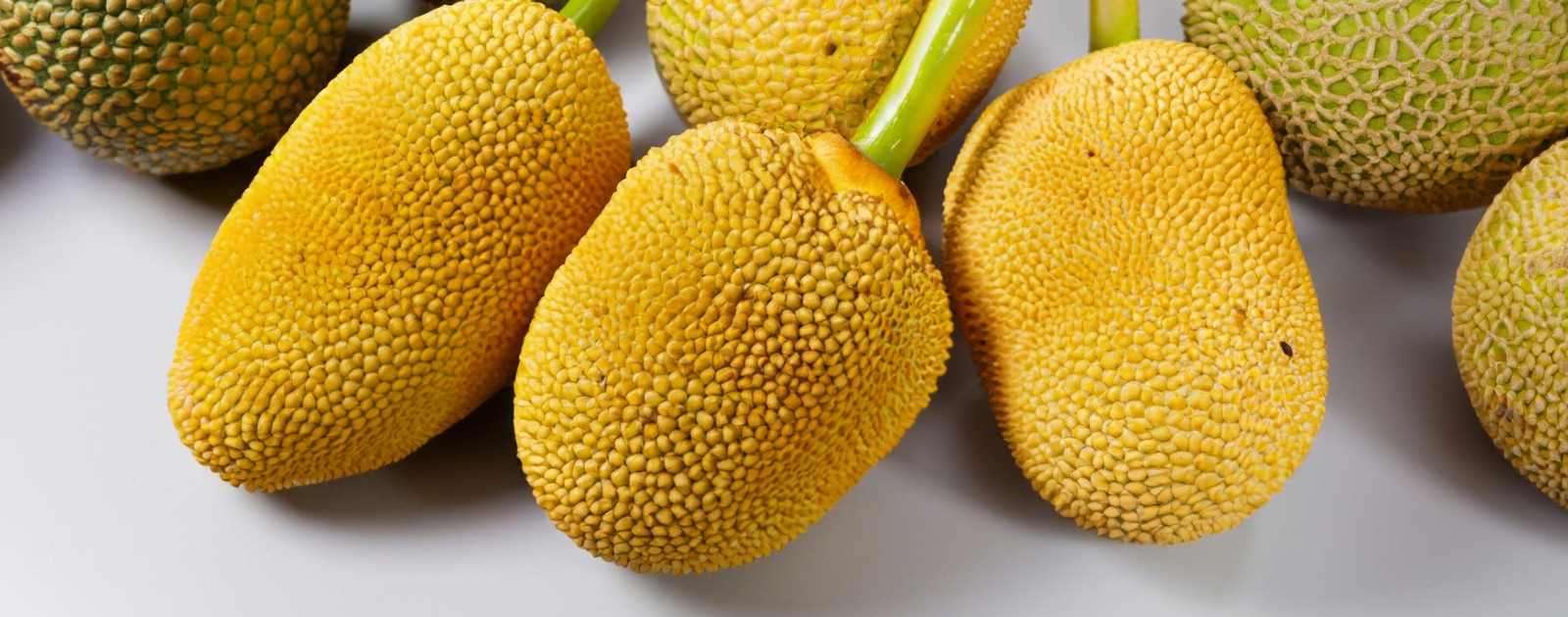Jackfruit is not a melon; it is a tropical fruit that belongs to the Moraceae family, which is the same family as figs and mulberries.
The concept that jackfruit might be a melon is a common misconception. At first glance, you could be forgiven for thinking that the jackfruit’s size and exterior texture might classify it as a kind of melon. But don’t be fooled! The jackfruit is very much a fruit in its own right, with a distinct flavor, texture, and nutrient profile that sets it apart from the melon family. Let’s delve deeper into what jackfruit actually is, and why it’s not a melon.
What is Jackfruit?
Jackfruit is a tropical fruit that hails from South Asia. Imagine a fruit that’s so large it could be the centerpiece of a family gathering! We’re talking about a fruit that can weigh up to 80 pounds. It’s not just the size that’s mind-boggling, but also the unique texture and flavor profile. The flesh is yellow, meaty, and segmented, and it contains seeds that are also edible when cooked. Often used as a meat substitute in vegan and vegetarian dishes, jackfruit is nothing if not versatile.
The sweetness of jackfruit has been compared to a combination of fruits like apples, pineapples, and bananas. It’s a feast for the palate and a nutritional powerhouse. Rich in fiber, vitamins, and minerals, it’s a fruit that can complement your diet in many ways. You can eat it fresh or cook it; either way, you’re in for a treat.
The tree that bears this fruit is also known as jackfruit, and it can reach a height of up to 70 feet. It’s a resilient tree, tolerant to various weather conditions, which makes it an ideal crop for tropical climates. The wood of the jackfruit tree is also highly valued, used in making various household items and musical instruments.
Why Jackfruit is not a Melon?
Jackfruit is not a melon because it does not belong to the Cucurbitaceae family, where melons are classified.
Let’s get one thing straight: the taxonomy of fruits and vegetables can be confusing. But in the botanical world, classifications matter. Melons like cantaloupe and honeydew belong to the Cucurbitaceae family. Certain traits define them, such as being vine-grown, having a high water content, and bearing seeds in the center.
On the other hand, jackfruit is part of the Moraceae family, making it more closely related to figs and mulberries than to melons. Its structure, texture, and taste distinctly differ from any melon you might encounter. For instance, it has a much lower water content and is typically much larger. Its growth habits are also different; jackfruit trees can become quite tall, unlike the creeping vines that produce melons.
The nutrient profile also varies considerably. While melons are known for their water content and vitamin C, jackfruit is rich in a diverse range of nutrients including fiber, vitamin B6, and potassium. In essence, calling a jackfruit a melon would be like calling a pineapple a citrus fruit similar in some respects, but fundamentally different.
Final Thoughts
Jackfruit is a remarkable fruit that has captivated the taste buds and imaginations of people all over the world. Whether you eat it fresh, cook it, or even use it as a meat substitute, jackfruit is versatile and packed full of nutrients. It’s a fruit that wears many hats but wearing the ‘melon’ hat is definitely not one of them.
The confusion about whether jackfruit is a melon may arise from its large size and somewhat similar external texture, but a closer look reveals a world of difference. From its family origins in the Moraceae family to its unique nutrient profile, jackfruit is its own unique entity, deserving of its own culinary and nutritional spotlight.
So the next time you come across this gigantic, spiky, and utterly unique fruit, give it the credit it deserves. Don’t just lump it in with melons or any other fruits; appreciate it for what it is a tropical marvel that’s a treat for the senses and a boon for your health.

